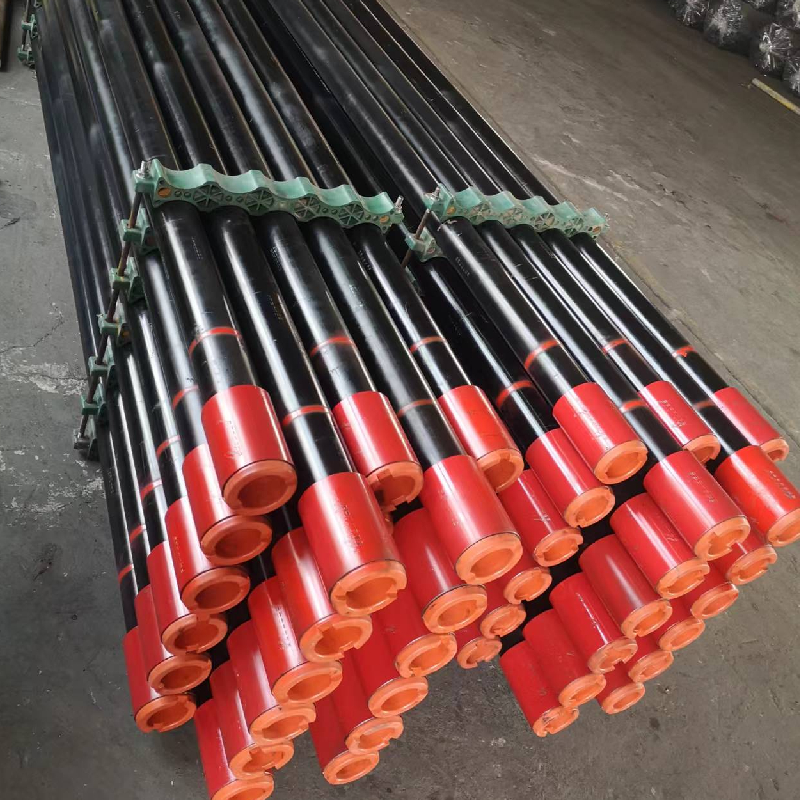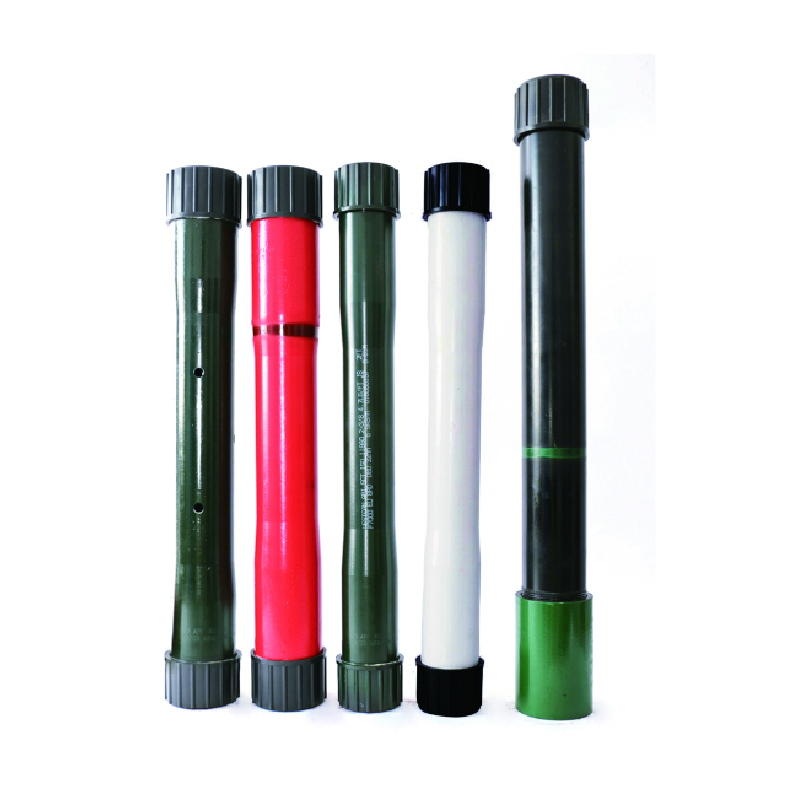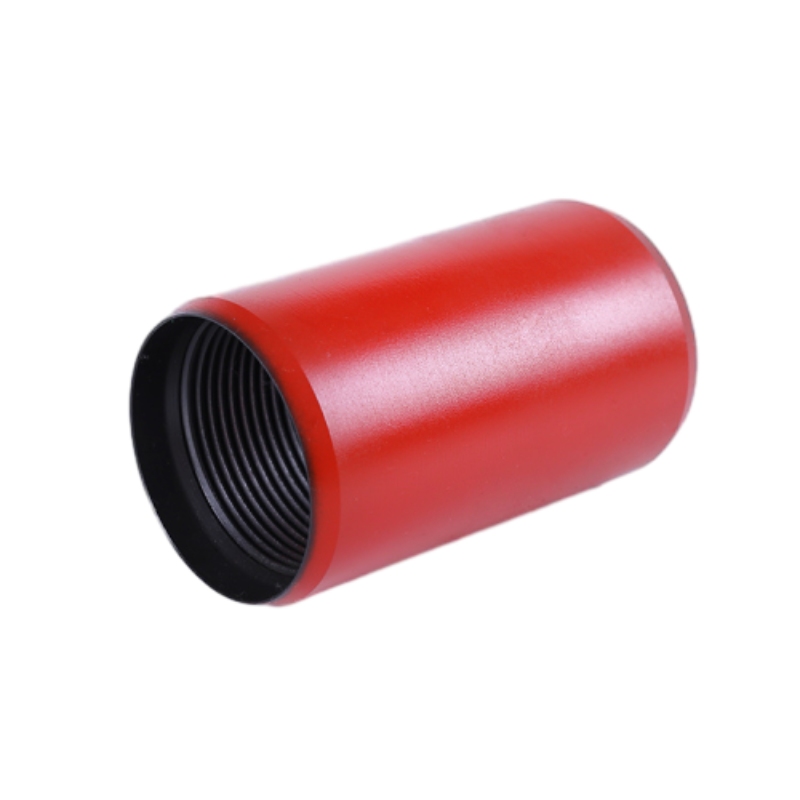Top Pup Joint Manufacturers for Oil and Gas Tubing Solutions
In today’s dynamic oil and gas sector, pup joint manufacturers play a crucial role in connecting and adapting piping systems under demanding operational conditions. This in-depth guide provides a data-driven overview of pup joint manufacturers, explores the innovations in pup joint oil and gas technology, and highlights leading-edge tubing pup joint products.
Detailed insights are offered on industry trends, material science, advanced production flows, custom solutions, and real-world case studies to enable engineers, procurement specialists, and decision-makers to make informed choices.

Industry Overview & Market Trends for Pup Joint Manufacturers
The global market for pup joint oil and gas components continues to grow steadily, driven by upstream E&P investment, focus on longevity and customization, and the rapid development of horizontal drilling and enhanced oil recovery projects. According to IEA and Grand View Research, the pup joint market size is projected to grow at a CAGR of 5.2% between 2022 and 2028, with a total addressable market surpassing USD 670 million by 2028.
- Adoption of advanced metallurgy and premium forging to extend service life in H₂S and CO₂ environments
- Custom lengths and grades, from 2-1/2” up to 7” OD, in demand to optimize drilling and completion operations
- Third-party certifications (API 5CT, ISO, ANSI) essential for regulatory compliance and project approval
Strategic investments by leading pup joint manufacturers focus on:
- Automated CNC machining for tight dimensional tolerance
- Enhanced non-destructive testing (NDT) protocols – magnetic particle, ultrasonic, hydrostatic
- Anti-corrosive alloy R&D (13Cr, 316L, Inconel coatings) for sour gas environments
Key Product: Tubing Pup Joint – Specifications & Technical Advantages
The Tubing Pup Joint is essential for connecting tubing strings, adjusting assembly lengths, and facilitating the installation of downhole tools. It is engineered to meet or exceed API 5CT, ISO 9001, and NACE MR0175 standards, making it a preferred choice for critical applications in the oil & gas, petrochemical, and water injection sectors.
| Parameter | Description / Value | Standard |
|---|---|---|
| Size Range | 2-3/8” to 4-1/2” OD (custom options up to 7” OD) | API 5CT, ISO 11960 |
| Length Options | 2’, 3’, 4’, 6’, 8’, 10’, 12’ (±0.5” tolerance) | API Spec 5CT, Custom |
| Material Grade | J55, N80, L80, P110, 13Cr, Alloy Steel, Stainless 316L | API, NACE, H2S Service |
| Connection Type | External upset (EUE), Non-upset (NU), Premium, BTC | API, Proprietary |
| Threading Precision | ±0.001” (CNC certified) | API STD 5B |
| Pressure Rating | Up to 10,000 psi (69 MPa) | Factory Hydro-Test |
| Corrosion Resistance | 13Cr/316L & special coating option provides >20 years service in brine and sour medium | NACE MR0175/ISO 15156 |
| Hazardous Certification | Full traceability, NDT tested, ISO 9001:2015 | ISO/API |
Manufacturing Process Flow Diagram for Pup Joint Manufacturers

Global Pup Joint Manufacturers Comparison Table
| Manufacturer | Country | Material Grades | OD Range | Certifications | Specialty |
|---|---|---|---|---|---|
| WJ Petroleum | China | J55–P110, 13Cr, 316L | 2-3/8″–7″ | API 5CT, ISO, NACE | OEM custom length |
| Tenaris | Italy/Global | H40–Q125, CRA Alloy | 2-3/8″–5-1/2″ | API, ISO, NACE | High-Pressure HPHT |
| Vallourec | France/Global | L80–Q125, 13Cr, Inconel | 2-3/8″–5-1/2″ | API, ISO, DNV | Premium connections |
| TMK Group | Russia/Global | P110, 13Cr, 80SS | 2-7/8″–7″ | API, ISO | Sour service coatings |
| U.S. Steel Tubular | USA | H40–P110, 13Cr | 2-3/8″–5-1/2″ | API, ISO, ASTM | Fast delivery |
In-depth Technical Comparison of Tubing Pup Joint
- J55, N80, L80: For conventional oil wells, moderate corrosion
- P110 / 13Cr / 316L: High-pressure, sour service, brine & CO2 resistance
- Threading: API EUE/NU, proprietary torque-enhanced
- Pressure: 10,000 psi certified per section
Typical Applications of Tubing Pup Joint
- Oil & Gas Production: Length adjustment, tool installations, and well-depth management
- Petrochemical & Refining: Piping modification and easy connection for maintenance/revamp projects
- Water Injection Wells: Brine and seawater service—high anti-corrosion grades used
- Geothermal & Unconventional Resources: High temperature, pressure, and corrosion-resistant assemblies for geothermal and shale operations
- Hydraulic Fracturing: Fast rig-up/down due to standardized connections and modular design
- Emergency Repairs: Custom, rapid-delivery short joints for unplanned shutdowns
Why Leading Operators Choose Advanced Pup Joint Manufacturers:
- Superior Metallurgy: Pup joint manufacturers supply premium alloys, meeting or exceeding NACE & API corrosion requirements
- Dimensional Accuracy: CNC control delivers thread precision & optimal string tension strength
- Life-Cycle Value: Service life exceeds 20+ years in offshore/sour applications with proper selection
- Turnkey Customization: Range includes proprietary connections, traceable heat numbers, and custom lengths per project
Real-World Application Case Studies
- Client: Statoil (Equinor)
- Problem: Irregular well depth required non-standard joint lengths; CO2 presence demanded high resistance
- Solution: 4-1/2” 13Cr tubing pup joint, custom CNC length, NACE tested
- Outcome: Reduced runtime by 13%, eliminated premature corrosion failures for a projected 18+ year cycle
- Client: ConocoPhillips
- Problem: Rapid expansion, H2S exposure, need for delivery under 14 days
- Solution: J55/L80/EUE pup joint manufacturers direct supply, 100% NDT, expedited shipping
- Outcome: 40 wells completed without single threading or coupling failure, zero downtime
- Client: SABIC
- Challenge: Fitting corrosion-resistant joints into aging infrastructure and bridging gap sizes precisely
- Action: Introduced 316L tubing pup joint in custom lengths, delivered with full ISO/NACE traceability
- Result: Reduced maintenance downtime by over 22% with traceable installation, increasing plant uptime
Industry Authority, Certifications & Endorsements
- Certifications: API 5CT, ISO 9001:2015, NACE MR0175, ANSI, DNV
- Industry Collaborations: Partnership with leading EPC firms: Petrofac, Schlumberger, Sinopec, TotalEnergies
- Supply Years: Over 20 years delivering quality tubing pup joint solutions globally
- Authority Endorsements: Third-party inspection by SGS, BV, DNV
- Compliance: Material traceability via digital QR, mill test reports accompany shipments
FAQ: Technical FAQ on Pup Joint Manufacturers, Standards & Installation
-
1. What material grades are available for tubing pup joint production?
Common grades are J55, N80, L80, P110 for conventional oil and gas. For corrosive or high-pressure applications, 13Cr, 316L stainless, Inconel and custom alloys are offered per NACE/API 5CT.
-
2. Which international certifications should reputable pup joint manufacturers have?
Look for API 5CT, ISO 9001, NACE MR0175, ANSI, and ASME certifications. These guarantee compliance, safety, and quality for global oilfield deployment.
-
3. What is the standard length range of pup joint oil and gas?
Standard lengths: 2', 3', 4', 6', 8', 10', 12', with custom lengths available on request. Tolerance is often within ±0.5”.
-
4. What installation precautions are important for tubing pup joint connections?
Inspect threads and coupling, lubricate per API recommendations, use torque wrenches for makeup, perform drift test, and verify NDT & batch trace before installation.
-
5. How is corrosion resistance ensured in critical operations?
Using 13Cr/316L and special Ni-coatings per NACE, post-fabrication hydrotesting, and periodic field inspection helps maintain performance for 20+ years.
-
6. What is the typical lead time for custom manufacturing by pup joint manufacturers?
Standard production is 7–10 days post-confirmation, urgent projects (OEM) can be fulfilled in as little as 3–5 days for standard grades/sizes, subject to material availability and testing cycles.
-
7. How is quality assurance managed?
100% of pup joints undergo NDT, hydrostatic testing, and heat batch traceability. Third-party inspections (SGS, BV) are available upon request, and each shipment includes mill/test certificates and digital QR traceability.
Order Fulfillment, Warranty & Customer Service
- Production Cycle: 7–21 days depending on grade, thread type, and batch size
- Delivery Terms: EXW, FOB China, CFR, DAP International—express and sea/air shipping
- Warranty: 18 months on material/workmanship defects, backed by API/ISO certified process
- After-Sales Support: 24/7 technical hotline, onboarding support for offshore/onshore deployment
- Samples & Documentation: Free sample section with complete MTR (Mill Test Report) and NDT records
- Returns/Non-conformance: Free replacement/credit within warranty period by certified QMS (quality management system)
Contact and OEM/Custom Solutions
- Email: info@wjpetroleum.com
- Direct product page: Tubing Pup Joint
- Whatsapp/Wechat/Phone: Available 24/7 for consultation and fast quotation
- OEM custom lengths/threads supported for international projects
- API Specification 5CT and ISO 11960 Guideline (API)
- Pup Joint Trends & Materials, Energy Industry Review (energyindustryreview.com)
- Pup Joint Manufacturer Selection, Offshore Engineer (oedigital.com)
- Real-World Performance Data, SPE Papers: (OnePetro)
- Industry Forums: Eng-Tips Tubulars Forum
-
Tubing Crossover - API Compatible, Custom Sizes, In StockNewsNov.10,2025
-
Tubing Coupling | High-Strength, Leak-Proof Steel CouplingsNewsNov.10,2025
-
Wholesale API Threading Casing Coupling | API 5CT, Fast ShipNewsNov.10,2025
-
Pup Joint Supplier | API Certified, Custom, Quick ShipNewsNov.10,2025
-
Pup Joint Manufacturers | Precision Machined, Fast DeliveryNewsNov.10,2025
-
Tubing Coupling | Precision Steel, Leak-Proof, Fast DeliveryNewsNov.03,2025







